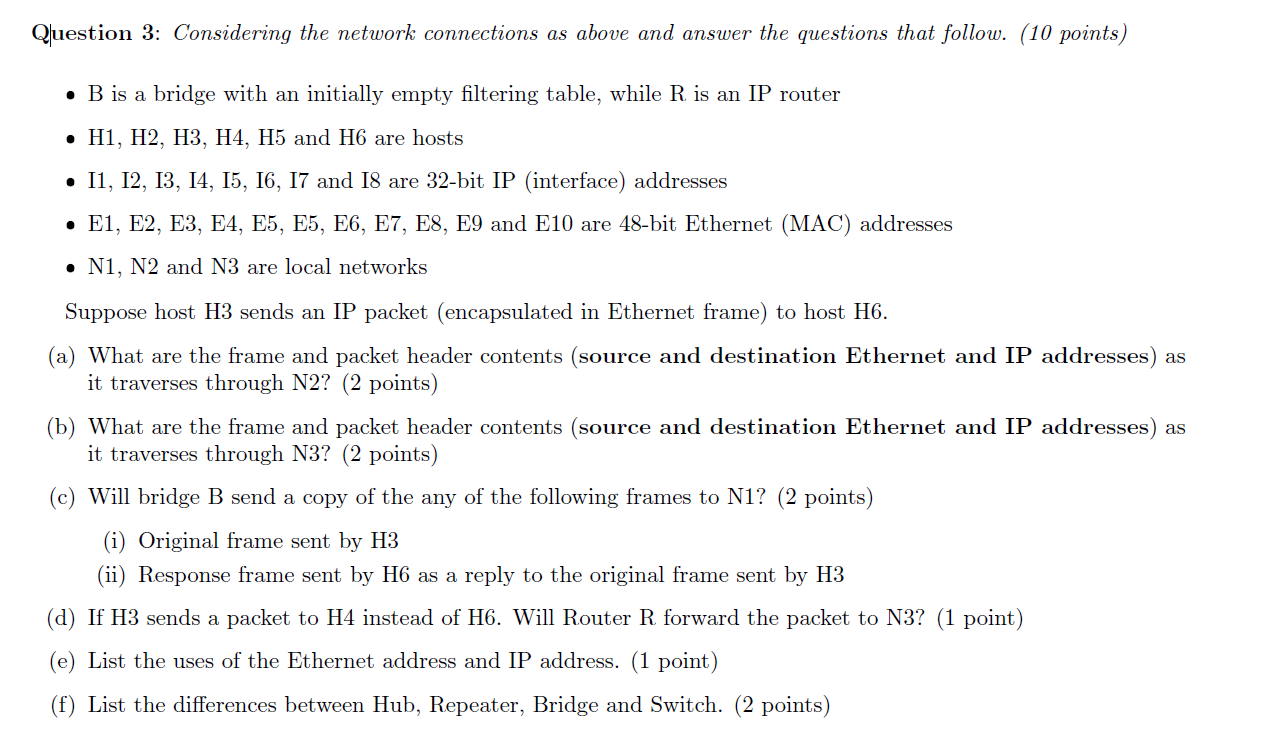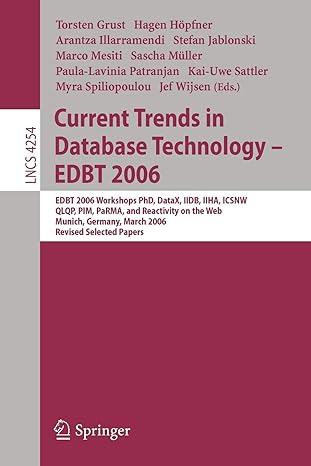Answered step by step
Verified Expert Solution
Question
1 Approved Answer
N1 N2 E9 N3 E10 18 begin{tabular}{l|l} R & 17 cline { 2 - 3 } & E7 end{tabular} Question 3: Considering the network


Step by Step Solution
There are 3 Steps involved in it
Step: 1

Get Instant Access to Expert-Tailored Solutions
See step-by-step solutions with expert insights and AI powered tools for academic success
Step: 2

Step: 3

Ace Your Homework with AI
Get the answers you need in no time with our AI-driven, step-by-step assistance
Get Started


